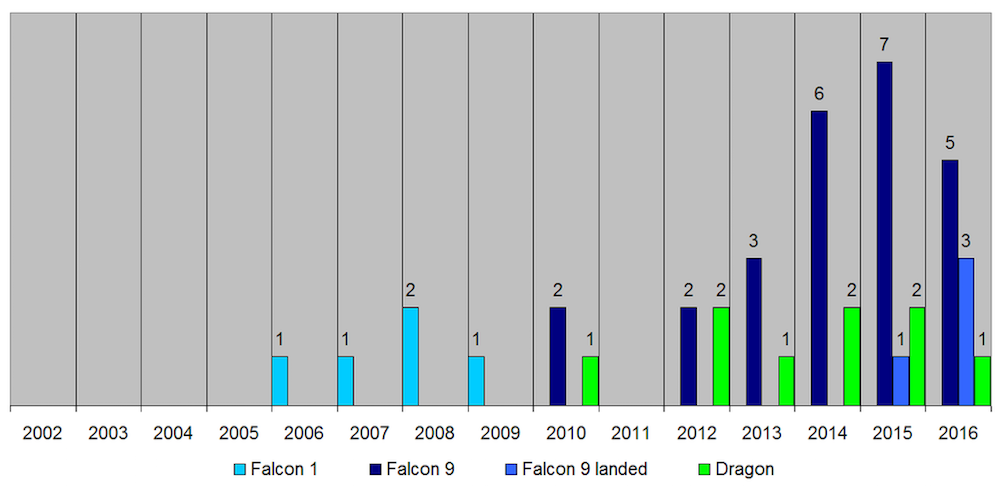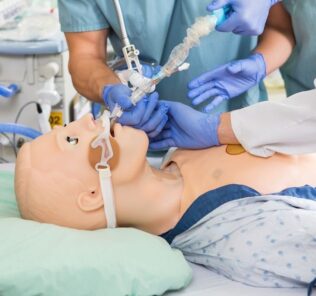Understanding Research For Clinical Simulation, Part 3: Introduction to Statistics
Simulation staff need to understand research theory either to fully participate in their own department’s research or to review the current literature with a view to improving their own simulation program. Today in Part 3 of HealthySim’s Series on “Understanding Research”, we introduce some of the key basics of statistics. Linked below are all the parts of the exclusive healthcare simulation series!
An Intro to Statistics
Definition: the practice or science of collecting and analyzing numerical data in large quantities, especially for the purpose of inferring proportions in a whole from those in a representative sample (Oxford Dictionary). Stats are used to collect, organize, present, analyze, interpret numerical data for the purpose of making more effective decisions.
Sponsored Content:
- Terminology:
- Descriptive statistics – summative data that has been collected – often made into charts.
- Inferential statistics – to generalize from a sample population to population as a whole.
- Testing hypotheses
- Population – collection of all possible individuals, objects or measurements of interest.
- A sample – a part of or portion of the population of interest.
- Levels/Scales of Measurement:
- Nominal Level – naming items such as ethnicity, social security number, religion.
- May be classified into categories.
- Categories are mutually exclusive.
- Exhaustive – each individual, object or item appears in at least one category.
- Cannot be averaged.
- E.g. Pt dietary preference ( vegan, vegetarian etc), patient medical record number, gender, hair color, blood group
- Ordinal Level – items are ranked. One category is higher than another.
- Each category has higher order e.g. ranks in the army or levels of disease category.
- E.g. Sim experience rating : Very good, good, satisfactory, unsatisfactory, very unsatisfactory.
- Each category has higher order e.g. ranks in the army or levels of disease category.
- Interval Level – the distance between levels e.g. time, age (not categories).
- All the characteristics of nominal and ordinal scale of measurement are met.
- The zero point is arbitrary e.g. temperature starting at 93.0’F
- E.g. Interval levels on a thermometer – Fahrenheit temperature or Centigrade temperature.
- Ratio Level – highest level of measurement
- All requirements of the interval scale are met except the zero on the scale does means “does not exist”.
- Zero point is meaningful.
- Ratio of numbers is meaningful
- E.g. $0 in your pocket versus -$20 which has no meaning.
- E.g. Distance travelled is 20 or 10 miles. Twenty miles is twice as far.
- Temperature is not a ratio scale because zero temperature exists
- Nominal Level – naming items such as ethnicity, social security number, religion.
How Percentages Work in Stats
- Percent means per hundred.
- For example 75% is 75 out of 100
- Alternatively, 75% may be considered as ¾
- To find 75% of a number multiply by 75 and divide by 100 – this is the same as multiplying by 0.75
- 75% of 364 = 365 x 75, then divide by 100 = 273 or
- 364 x 0.75 = 273
- FYI IV fluids are often written as a percentage.
- E.g. D5% 0.9%NaCl
- Where the percent stands for number of grams of a solute in 100 mL of solution
- D5 = Dextrose 5% or 5 grams of dextrose in 100 mL solvent (water).
- 0.9% NaCl = 0.9 grams salt (sodium chloride) in 100 mL or 9 grams in 1000 mL or one liter.
- E.g. D5% 0.9%NaCl
- To calculate the percentage divide the number of items or patients or students by the total population or group.
- E.g. 60 out of 80 students thought simulation was beneficial
- 60/80 x 100 = 75%. The total in the class was 80.
- Percentages are a favorite way for people to misrepresent information. Having the actual data provides more information.
- E.g. 3 out of 4 students (75%) thought simulation beneficial but this is a very low sample number (n=4). Clearly, 60 out of 80 students provides more reliable information since the sample size is so much bigger.
- E.g. 60 out of 80 students thought simulation was beneficial
Measure of Central Tendency – Mean, Median and Mode
- Mean (aka average)
- Add up all the values in a set of data and then divide by the number of values added.
- E.g. Average age in a class of 11 students:
- Ages of 11 students: 23, 23, 23, 24, 25, 26, 27,29, 29, 32, 40
- Total = 269/11 = Average age of class 24.5 years.
- E.g. Average age in a class of 11 students:
- Add up all the values in a set of data and then divide by the number of values added.
- Median (Mdn)
- The score point at or below which 50 percent of the values fall.
- In the case above, the value of 26 has 5 students below the age of 26 and 5 students with an age greater than 26.
- The advantage of using median if the data has one or two very large or very small numbers.
- E.g. Age of group – 20, 21, 21, 22, 40
- Median 21
- Average = 124/5 = 24.8
- E.g. Age of group – 20, 21, 21, 22, 40
- The score point at or below which 50 percent of the values fall.
- Mode (Mo)
- In ungrouped data, the mode is the score that appears most frequently.
- In the class above, 23 appears 3 times and is the most frequent.
- There may be more than one mode in a set of data.
- Might be useful when ordering equipment size.
- In ungrouped data, the mode is the score that appears most frequently.
| Normal | Ordinal | Interval | Ratio | |
| Mean | X | X | Yes | Yes |
| Median | X | Yes | Yes | Yes |
| Mode | Yes | Yes | Yes | Yes |
The above chart beaks down the key differences between Mean, Median and Mode.
Sponsored Content:
Understanding Research for Clinical Simulation Series:
-
- Part 1: The Scientific Process
- Part 2: Validity and Reliability
- Part 3: Statistics
- Part 4: P Values
Learn more about Understanding Clinical Research Statistics!
Today’s article was guest authored by Kim Baily PhD, MSN, RN, CNE, previous Simulation Coordinator for Los Angeles Harbor College and Director of Nursing for El Camino College. Over the past 16 years Kim has developed and implemented several college simulation programs and previously chaired the Southern California Simulation Collaborative.
Have a story to share with the global healthcare simulation community? Submit your simulation news and resources here!
Dr. Kim Baily, MSN, PhD, RN, CNE has had a passion for healthcare simulation since she pulled her first sim man out of the closet and into the light in 2002. She has been a full-time educator and director of nursing and was responsible for building and implementing two nursing simulation programs at El Camino College and Pasadena City College in Southern California. Dr. Baily is a member of both INACSL and SSH. She serves as a consultant for emerging clinical simulation programs and has previously chaired Southern California Simulation Collaborative, which supports healthcare professionals working in healthcare simulation in both hospitals and academic institutions throughout Southern California. Dr. Baily has taught a variety of nursing and medical simulation-related courses in a variety of forums, such as on-site simulation in healthcare debriefing workshops and online courses. Since retiring from full time teaching, she has written over 100 healthcare simulation educational articles for HealthySimulation.com while traveling around the country via her RV out of California.
Sponsored Content:


















